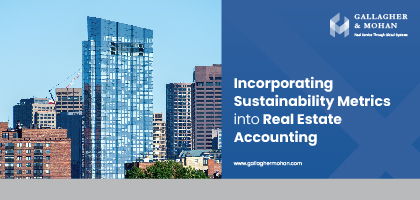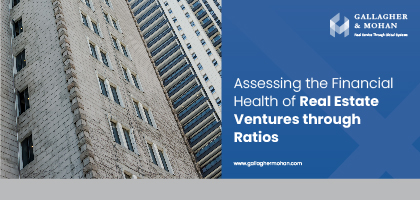12 September 2023
August 2023 Multifamily Market Report: Key Insights and Trends
The multifamily rental market continues to show resilience as the average asking rent in the United States increased by 1.5% year-over-year, reaching $1,728 in August. Despite a slight dip from July, this marks a significant decrease from the beginning of the year. The driving force behind this demand surge is a robust economy, with 3.1 million jobs added in the 12 months leading up to August, maintaining unemployment at 3.8%.
The absorption rate remains healthy, with approximately 190,000 units absorbed through July, aligning with historical standards. Notably, some of the top cities with the best absorption rates this year include Washington, D.C., Phoenix, Miami, Chicago, and Denver. On a percentage basis, Charlotte, Tampa, and Nashville lead the way, proving the multifamily market's vitality.
Also Read: San Francisco Multifamily Market Analysis July 2023: Report
Metro-Level Insights: Supply and Demand
Rent growth in individual metros closely correlates with supply expansion. The metros experiencing the highest year-over-year rent gains are those with the weakest supply pipelines. Leading the pack are New York City (5.7% YoY), New Jersey (5.4%), Chicago (4.9%), Indianapolis (4.8%), and Boston (4.6%). These cities also boast high occupancy rates, with New York (98.0%) and New Jersey (97.3%) leading the charge. Nationally, occupancy has held steady at 95.0% for four months, with only Chicago, New York, and Denver bucking the trend.
However, challenges lie ahead, including rising property expenses and inflation. Expenses across the board have seen significant increases, from insurance (18.8% YoY) to repairs and maintenance (14.4%), administrative (11.8%), and utilities and payroll (both 7.8%). Furthermore, while inflation is slowly declining, it remains high, prompting discussions of possible interest rate increases by the end of the year.
Lifestyle Rent Growth Turns Negative
One interesting shift is the divergence in rent growth between the Renter-by-Necessity and Lifestyle segments. In August, Renter-by-Necessity rents increased by 0.1% month-over-month at the national level, while Lifestyle rents dipped into negative territory with a 0.1% contraction. Among the top 30 metros, 16 saw Renter-by-Necessity rents rise, compared to only 13 with growth in the Lifestyle segment.
Monthly rent growth was most robust in Kansas City (0.9%), Boston, Los Angeles, and New York (all 0.6%), and New Jersey (0.5%). This trend was largely dictated by supply dynamics, as the Lifestyle segment saw the most deliveries, resulting in impaired rent growth. Notably, Columbus and Nashville experienced a 1.0% drop in the Lifestyle segment, while Kansas City stood out with a 1.1% increase.
Renewal Rent Growth Moderates
Renewal rent growth is showing signs of moderation, with a 7.8% year-over-year increase in June, down 40 basis points from May and significantly softer than the 11.1% peak recorded in late 2022. The cities with the strongest renewal rent rates include Miami (12.4%), New York City (10.6%), and Orlando (10.4%), while San Francisco (1.8%) posted the weakest rate. On a national level, the lease renewal rate declined steadily since mid-2022, reaching 62.9% in June, mainly due to the influx of new supply.
High-End Single-Family Rentals (SFR) Show Signs of Softening
It is observed a slight dip in August, with the average asking rent at $2,104, reflecting a 0.5% year-over-year increase and a 70 basis point decrease from July. While Renter-by-Necessity rents experienced a 2.9% year-over-year increase, Lifestyle rents contracted by 0.4%. Occupancy rates follow a similar pattern, with Lifestyle occupancy down 100 basis points to 95.3% and Renter-by-Necessity occupancy rising by 290 basis points to 97.7%. This hints at potential affordability challenges as prices continue to rise.
Conclusion
The multifamily rental market remains robust thanks to a resilient economy and strong demand. However, challenges such as rising expenses and inflationary pressures are worth monitoring. The segment-wise dynamics between Renter-by-Necessity and Lifestyle rentals provide valuable insights for investors and renters alike, as does the moderation in renewal rent growth. As the market continues to evolve, staying informed about these trends will be key for making informed decisions in the dynamic world of multifamily real estate. Stay tuned for more updates in the months to come! Download Multifamily National Report-August 2023.



